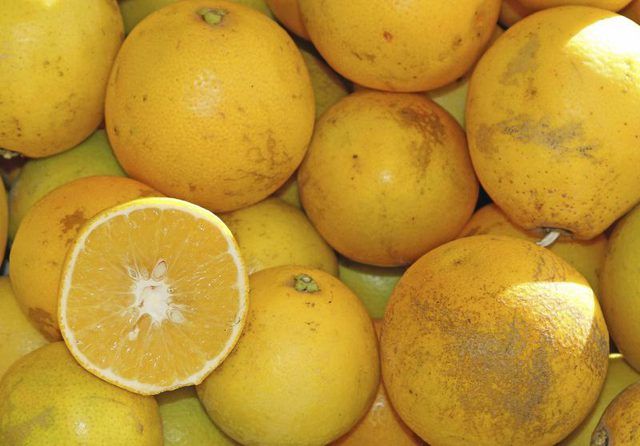Bulbs
Flower Basics
Flower Beds & Specialty Gardens
Flower Garden
Garden Furniture
Garden Gnomes
Garden Seeds
Garden Sheds
Garden Statues
Garden Tools & Supplies
Gardening Basics
Green & Organic
Groundcovers & Vines
Growing Annuals
Growing Basil
Growing Beans
Growing Berries
Growing Blueberries
Growing Cactus
Growing Corn
Growing Cotton
Growing Edibles
Growing Flowers
Growing Garlic
Growing Grapes
Growing Grass
Growing Herbs
Growing Jasmine
Growing Mint
Growing Mushrooms
Orchids
Growing Peanuts
Growing Perennials
Growing Plants
Growing Rosemary
Growing Roses
Growing Strawberries
Growing Sunflowers
Growing Thyme
Growing Tomatoes
Growing Tulips
Growing Vegetables
Herb Basics
Herb Garden
Indoor Growing
Landscaping Basics
Landscaping Patios
Landscaping Plants
Landscaping Shrubs
Landscaping Trees
Landscaping Walks & Pathways
Lawn Basics
Lawn Maintenance
Lawn Mowers
Lawn Ornaments
Lawn Planting
Lawn Tools
Outdoor Growing
Overall Landscape Planning
Pests, Weeds & Problems
Plant Basics
Rock Garden
Rose Garden
Shrubs
Soil
Specialty Gardens
Trees
Vegetable Garden
Yard Maintenance
How to Plant Lemon Seeds
How to Plant Lemon Seeds. Lemon trees (Citrus limon) grown from seeds typically take 10 to 15 years to bear fruits. The trees are hardy year-round in U.S. Department of Agriculture plant hardiness zones 9 through 11, but in colder climates they can be grown in pots and taken indoors to protect them from cold weather. You have the option of growing...

Lemon trees (Citrus limon) grown from seeds typically take 10 to 15 years to bear fruits. The trees are hardy year-round in U.S. Department of Agriculture plant hardiness zones 9 through 11, but in colder climates they can be grown in pots and taken indoors to protect them from cold weather. You have the option of growing lemon trees and not altering them or using some of them as rootstocks onto which other lemon trees are grafted.
Variety from Seed
Lemon trees grown from seeds are hybrids of the tree that produced the fruit from which the seeds were gathered and the neighboring tree with which the tree cross-pollinated. This situation makes it nearly impossible to predict the characteristics of the resulting lemon trees, including their size and fruit quality. The chance exists that the lemon trees will never bear fruit. Like seeds of other citrus varieties, it is highly likely that a single lemon seed results in several seedlings. One seedling will be embryonic -- the result of pollination between the parent tree and a neighboring tree -- while the others will be apomictic seedlings. Apomictic seedlings are vegetative clones of the parent tree from which the seed was taken. Unfortunately, it's impossible to distinguish embryonic from apomictic seedlings until they become trees that are several years old or begin to bear fruits.
Seed Care
Lemon seeds should be planted as soon as possible after they are collected from lemon fruits and while the seeds are still moist. Unlike many other seeds that tolerate drying and long-term storage, lemon seeds and other tropical plant seeds become less likely to germinate after they dry. The sugars from lemon juice can cause the seeds to rot before germinating. So rinse the seeds thoroughly under warm water before planting them. Although not necessary, you might wish to scrape away gently each seed's seed coat or soak the seeds in water overnight to make it easier to penetrate the seed coats.
It is possible to store lemon seeds for two to three months if you can't plant them right away, but their germination cannot be guaranteed. Select seeds you want to store, rinse them with water thoroughly and allow their surfaces to dry. Place the dried seeds in a bag of moist peat moss, and store the bag in a refrigerator or freezer at a temperature between zero and 45 degrees Fahrenheit.
Preparation and Sowing
Lemon seeds can be started in containers or planted in the ground outdoors. The seeds started in containers need sterile potting soil to ensure their best chance of germination. Any store-bought potting mix works, or make your own blend, such as with equal portions of sphagnum peat moss and perlite. Sterilize potting soil by spreading it in an even layer on a baking tray, baking it until the soil reaches a minimum of 160 F and holding it at that temperature for at least 30 minutes. Use the baking tray only to sterilize soil, not for food. Seed trays or pots can be sterilized with a 10-percent bleach solution, which is nine parts water and one part chlorine bleach. Rinsing the containers thoroughly with fresh water removes residual bleach.
Sow one lemon seed in each pot or seed tray cell, and cover the seeds with 1/4 to 1/2 inch of potting soil. Lemon trees started that way can be planted outdoors when they are about 12 inches tall. Alternatively, plant lemon seeds 1/4 to 1/2 inch below the soil surface in a full-sun location outdoors in USDA zones 9 through 11, spacing the seeds 12 to 25 feet apart if they will produce standard-size trees and 6 to 10 feet apart if they will result in dwarf lemon trees.
Care After Planting
The soil should be watered immediately after the seeds are sown and then as needed to keep the soil moist but not wet. The ideal temperature for lemon seed germination is 75 to 85 F. You can help keep the soil of container-sown seeds warm by placing the pots or seedling trays near a radiator or other heat source, or on top of a seed germination mat. Seedling emergence above the soil can occur seven to 14 days after planting. Sunlight isn't required for newly planted seeds, but six to eight hours of bright, indirect sunlight daily is best after the seedlings emerge and the trees mature. Expect to repot container lemon trees several times from the time they are seedlings until they reach maturity, always moving up to the next size of container as the trees' root balls grow.